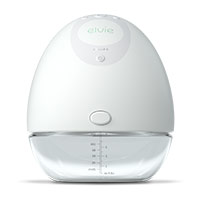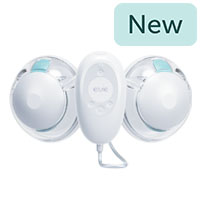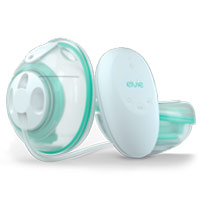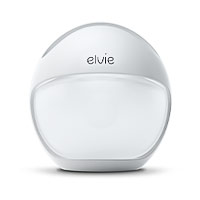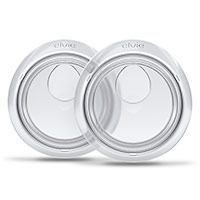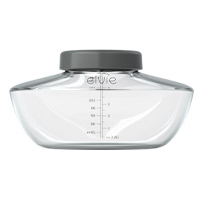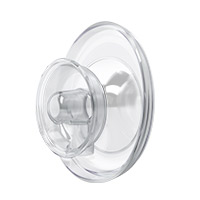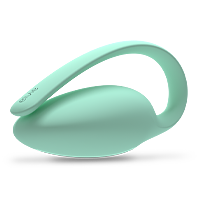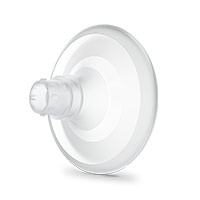OK, we’re gonna level with you here… between 5 and 10% of the population experience incontinence. Yes, you read that right, between 5 and 10%. Now you might be thinking, why is no one talking about this? That’s because it’s still very much a healthcare taboo, a blindspot for lots of people. And guess what, the fact that no one talks about it probably means the stats are much higher, too. We’ve also got another theory at Elvie. Maybe one reason people don’t discuss incontinence is that it often happens at night when nobody’s awake to talk about it with you. So what can you actually do about incontinence or a weak bladder overnight?
Dealing with the symptoms
The first course of action for many is to hide the symptoms. However, these incontinence products aren’t a solution; they’re just a way to manage the condition while treating the cause. Think of it as putting a plaster over the problem. It will be fixed in the short term, but you need to deal with the cause, not the effect, if you want long-term benefits. Some of the things people try are:
Absorbent products, such as pants or pads
Handheld urinals
A catheter (a thin tube that is inserted into your bladder to drain urine)
Devices that are placed into the vagina or urethra to prevent urine leakage – for example, while you exercise
Forming new habits
Some simple lifestyle changes can go a long way to help the symptoms of an OAB. When you speak with your doctor, they’ll likely recommend one or more of the following.
Say no to coffee
OK, not completely (we’re not monsters), but reducing your caffeine intake, which is found in tea, coffee, and cola, is a good start, as caffeine can increase the amount of pee your body makes.
Check your liquids
Altering how much fluid you drink each day can have a big impact on your bladder control. But it’s not just about drinking too much – drinking too little can also make incontinence worse.
Have a health check
Losing weight if you’re overweight or obese can help. Use the healthy weight calculator to find out if you're a healthy weight for your height.
Work that pelvic floor
We’re wary of sounding like a broken record at Elvie, but research has shown that pelvic floor muscle training can benefit everyone with urinary incontinence. So, you know what we’re going to say now. Do. Your. Pelvic. Floor. Exercises. ?
Your pelvic floor muscles surround the bladder and urethra and control the flow of urine as you pee. Weak or damaged pelvic floor muscles can cause urinary incontinence, so exercising these muscles is often recommended.
Kegel exercises (also known as Kegels, Kegel training, pelvic floor exercises, or pelvic floor muscle training) are targeted exercises that train and strengthen the pelvic floor muscles. It would be best to do a minimum of 8 muscle contractions at least 3 times a day for at least 3 months. If the exercises are helping after this time, you can keep on doing them. But we know it can be hard to stay motivated and keep up the exercises, which is why we designed Elvie Trainer – a fun, challenging, and motivating way to get the most out of your Kegels.
Let’s end with some good news
All of these approaches can help you manage your overactive bladder at night, letting you get a better night’s sleep, so there’s really no reason you need to live with an OAB. Instead of simply putting it up with it, seek out treatment. This doesn’t need to interfere with your life.
The medical information in this article is provided as an information resource only and is not to be used or relied on for any diagnostic or treatment purposes. Please consult your doctor for guidance about a specific medical condition.


